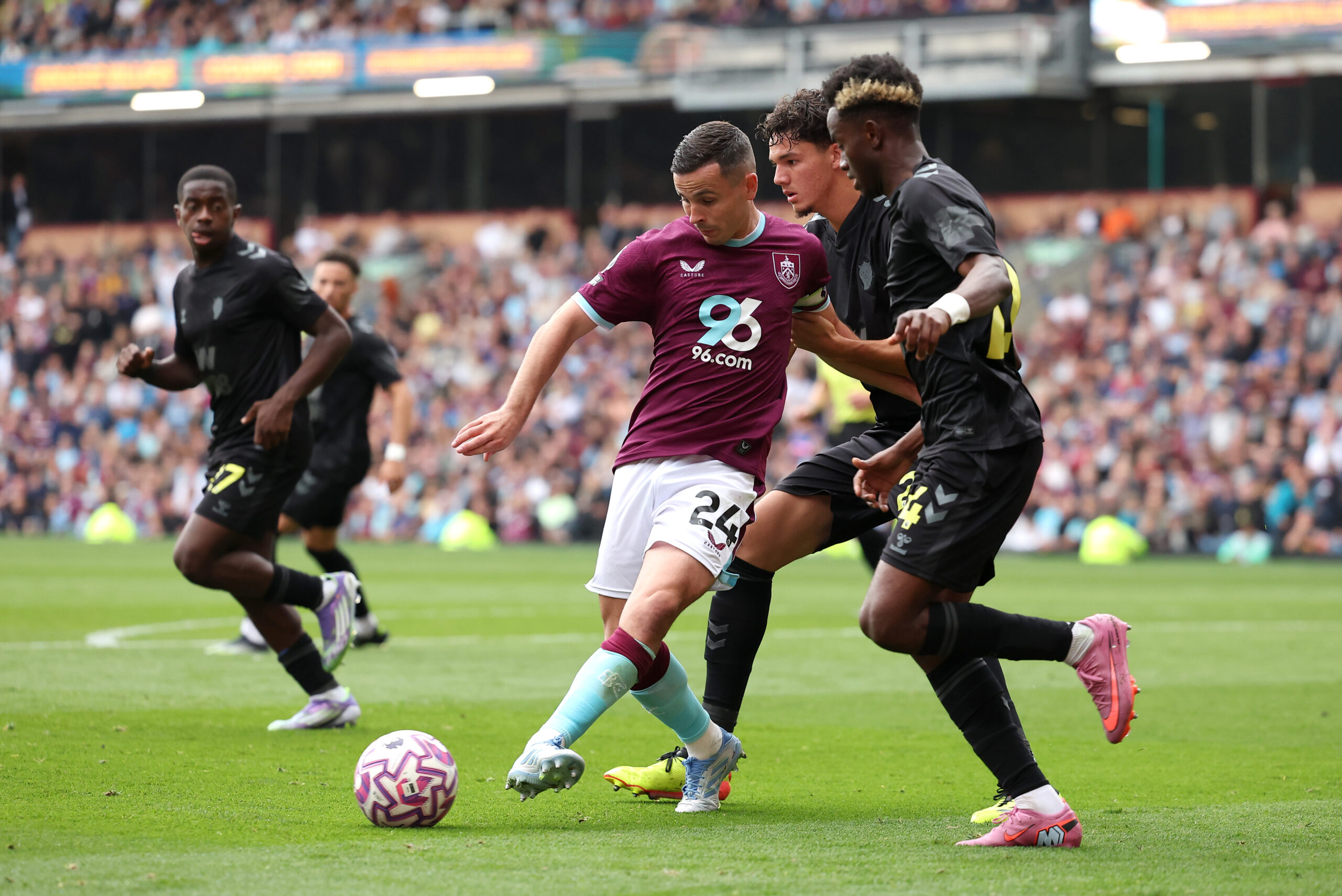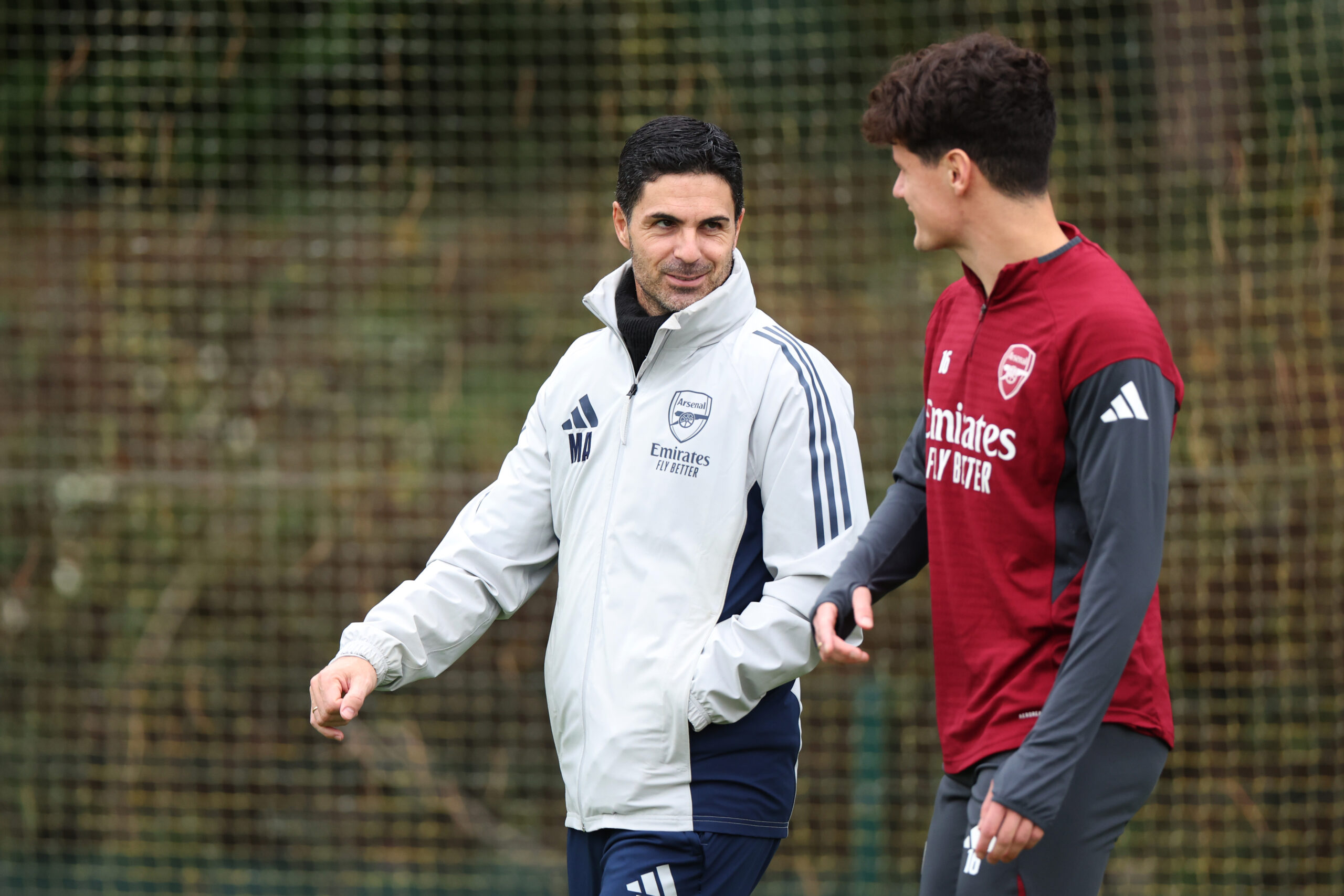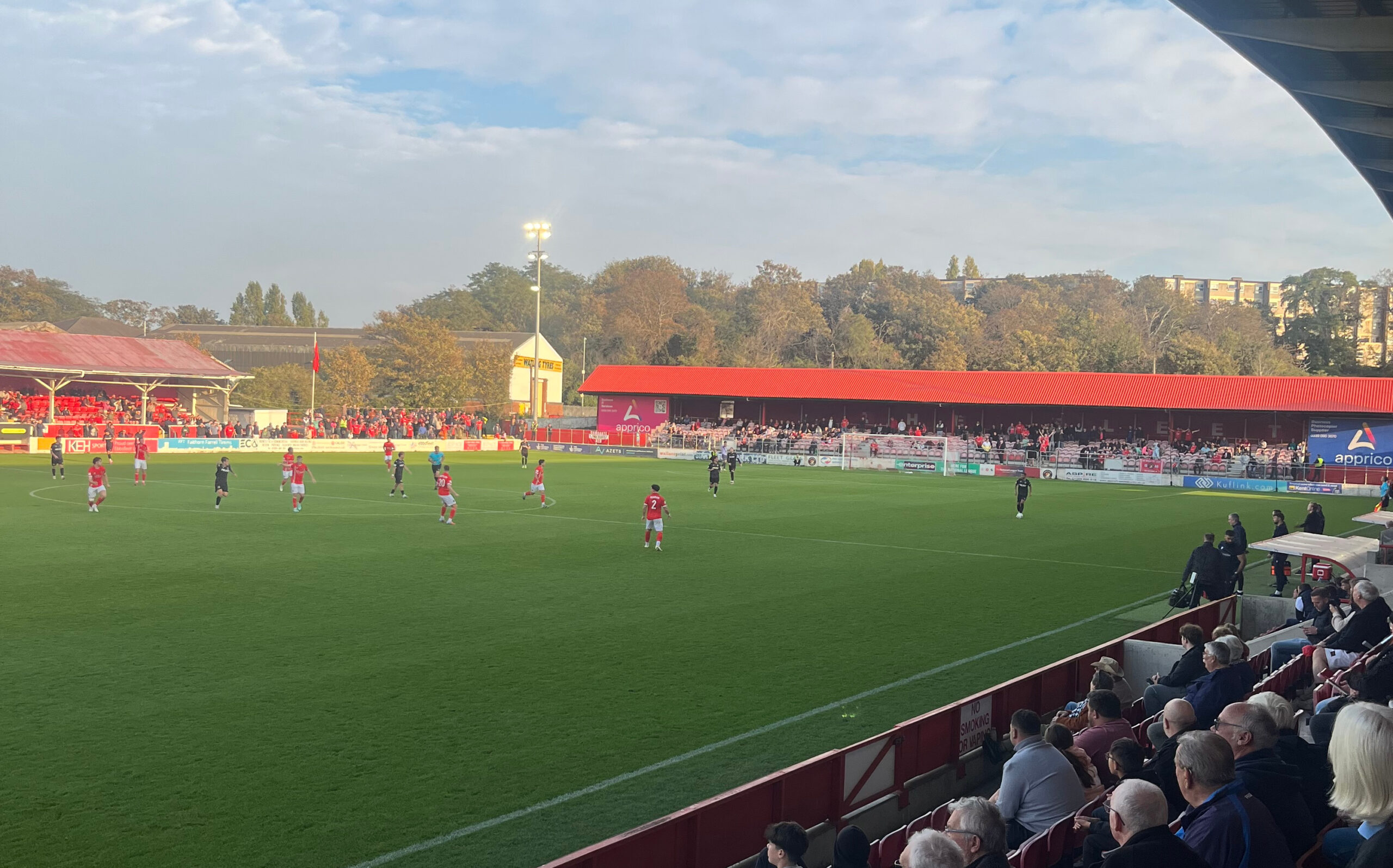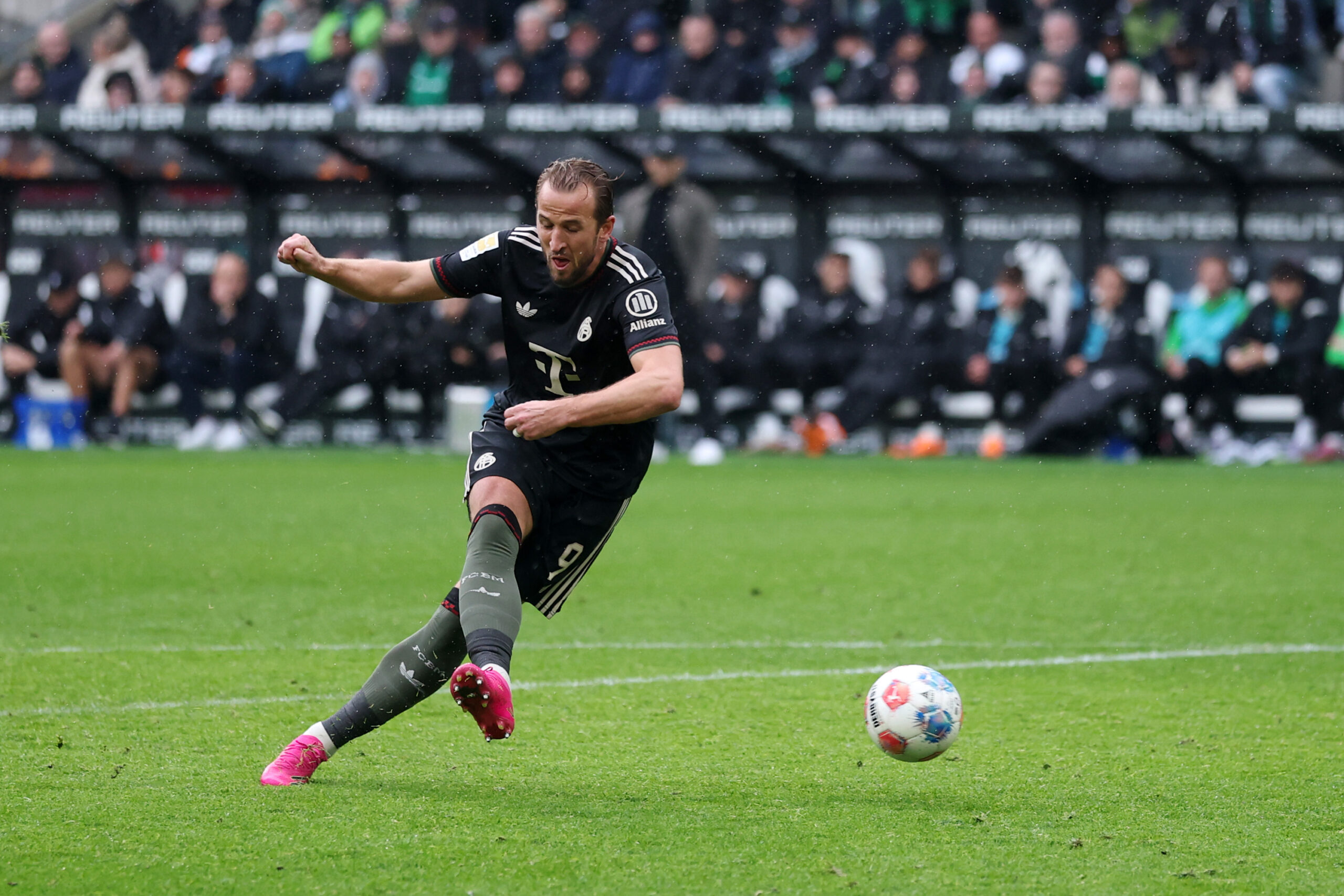For the past couple of seasons, newly promoted clubs have been treated more like Premier League cannon fodder than plucky underdogs. Last year’s trio mustered a measly 59 points between them. The season before that? Just 66. Back-to-back clean sweeps of relegations have turned the old “one goes down, two stay up” cliché on its head.
Change in the Air?
But this autumn, something interesting is happening. Burnley, Leeds and Sunderland, three clubs with history, big fanbases and serious ambition, are refusing to follow the script. A few weeks into the new season, all three look far more competitive than the doomed sides of recent memory. It’s still early days, but the tone has shifted. Suddenly, it’s not just a question of which promoted clubs will drop, but whether any of them will at all.
Since the Premier League moved to 38 games in 1996-97, promoted sides have averaged a combined 113 points between them. That figure has cratered recently. Burnley, Luton and Sheffield United set a new low two years ago with just 66 points. Ipswich, Leicester and Southampton somehow managed to do worse, amassing only 59 between them last season. Before that, it was rare to see all three go straight back down. It had only happened once before, in 1997-98. On four occasions, all three stayed up. Fulham, Bournemouth and Nottingham Forest did exactly that as recently as 2022-23. The message is clear: it can be done, but the past two seasons have made survival look like trying to use an ashtray on a motorbike.
It’s About the Start
History shows that the opening ten games are often decisive. Over the past decade, every promoted side that reached 11 points or more by the 10-match mark has survived. Fall short of that, and relegation usually follows. Bournemouth in 2015-16 and Nottingham Forest in 2022-23 are the only exceptions to have recovered from poor starts and both required heroic runs in the second half of the season. Burnley, Leeds and Sunderland seem to have taken note. Each has picked up early wins and draws, giving themselves a platform. Even more encouragingly, they’ve looked tactically and physically ready for the step up, not overawed or outgunned.
Leeds United

Leeds’ approach this summer was simple: get bigger, stronger and harder to play against.
Their first seven signings had an average height of 6ft 2in. In came towering midfielders and defenders from Germany and elsewhere, all part of a data-led strategy that suggests aerial dominance and physical presence are the quickest ways to bridge the gap. Their recruitment has been clear and early, and while survival won’t come from spreadsheets alone, Leeds look far more robust than the fragile versions of promoted teams we’ve seen recently. If they can marry physicality with Elland Road’s atmosphere, they’ll be tough to break down.
Burnley

Burnley, meanwhile, look a very different beast under Scott Parker.
The last time they came up, they were the class of the Championship, spent around £100m and still went down. This time, Parker has them operating with more humility and a focus on defensive resilience. They conceded just 16 goals in 46 league games last year, a staggering record. And while the Premier League is a different level, that foundation gives them a fighting chance. They’ve lost a few key players but have not tried to reinvent themselves. No vanity projects, no talk of “philosophies”. Just hard work, shape and attitude. Parker’s Burnley look more grounded, and that could make all the difference.
Sunderland

Eight years after they last played in the top flight, Sunderland are back with big ambitions.
Under the stewardship of Kyril Louis-Dreyfus, they’ve gone from League One to the Premier League in three years, and they’re not here to make up the numbers. The club has stuck to its youth-focused model but has also invested heavily this summer – over £100m – to give themselves a fighting chance. There’s a sense of momentum around the Stadium of Light, fuelled by a fanbase that has endured the wilderness years and now sees a bright future. Sunderland’s challenge will be to translate that optimism into points, especially away from home. But their early performances suggest they’re not out of place.
All About the Cash
Of course, money still talks. Under the current Profit and Sustainability Rules, long-standing Premier League clubs can lose up to £105m over three years, while promoted sides are capped at £61m. That £44m gap entrenches a “middle class” of clubs who are rarely threatened by relegation but also can’t realistically compete for Europe. Bridging that divide remains the biggest challenge. It’s not just about smart signings – it’s about competing against clubs with much deeper financial cushions.
It’s far too early to declare that the promoted sides will all survive. Injuries, fixture congestion, dips in form all lie ahead. But Burnley, Leeds and Sunderland have started like they mean business. Recent history has conditioned us to expect them to collapse. This season, though, there’s genuine evidence to believe at least one, maybe more, could buck the trend. Come November, after that 10-game marker, we’ll have a much clearer idea. For now, it’s just refreshing to see newly promoted clubs competing again, rather than clinging on for dear life.





